Description
HISTORY OF THE ADAMS RADIAL TANK
William Adams, the LSWR CME, introduced the ’46’ class of twelve 4-4-0 tanks in 1879, built for the Railway by Beyer, Peacock & Co., numbered 46, 123/4, 130, 132/3 and 374/9. They were then converted to 4-4-2 radial tanks between 1883 and 1886 following the successful introduction of the ‘415’ class of 4-4-2 radial tanks, later the ‘0415’ class, in 1882. They were ordered to fill an urgent need for passenger tank engines and because of limited capacity at Nine Elms, the decision was also made to order these from outside locomotive manufacturers. The first twelve were ordered late in 1881 from Beyer Peacock & Co. and delivered in the second half of 1882 numbered 415-426, eighteen were built by Stephenson in 1883, numbered 427-432, 45, 47-57, ten were built in 1884 by Dübs & Co numbered 169-171, 173, 490-495, with another thirty one built in 1885, eleven by Neilson & Co numbered 479-489 ten each by Stephenson, numbered 68, 77, 78, 82, 104, 106, 107, 125, 126, 129 and Dübs & Co numbered 516-525.
The locomotives became known as ‘Radial’ tanks as a radial truck was fitted to support the weight of the enlarged bunker, which carried a well tank holding 680 gallons of water between the frames, as well as three tons of coal. The new locomotives were an instant success and further authorisations were given in the following three years for 59 more 415s, giving a final total of 71 locomotives in this class. Although all were to the same basic design, those delivered after 1884 had slightly larger side tanks and deeper fireboxes. All initially carried the familiar Adams stove pipe chimney and most were allocated to the London area for suburban traffic.
Spare boilers were provided in 1895, to a modified design, to facilitate improved turnaround times during overhauls at Nine Elms Works. In Drummond’s time a further 2 spare boilers were built for the class and the exchange of any of these newer boilers necessitated minor modifications to items such as cab fronts. In Drummond’s time coal rails were fitted to the bunkers and his standard pattern of chimney began to appear on some locomotives.
Although the introduction of Adams T1 class of 0-4-4 tanks displaced some from the London area, this process of dispersal to the country areas was hastened by the introduction of Drummond’s M7 0-4-4 tanks. However many radial tanks still remained on selected, but less onerous London duties, until the start of suburban electrification in Urie’s time.
So pleased was Adams with the first twelve of the ‘415’ class that he rebuilt the ’46’ class to be more or less the same during 1883-6. The most noticeable difference being the location of the safety valves.
The intervention of the First World War gave many of them an extension to their time, but there were a significant number of withdrawals (38) in 1921. Many of the class became surplus to requirements during the later years of the war and in 1917 Nº0488 was sold to the Ministry of Munitions. This was followed by an incredible series of events for Nº488, to be recounted later. Early in 1918 numbers 0480/1/5/7 were sent to Glasgow on their way to help out on the Highland Railway during an acute shortage of locomotives at the end of WW1. They remained there until 1919 for 0480/1 and 1921 for the remaining 0485/7. The remaining 30 locomotives entered into Southern Railway stock in 1923, but for these the encroaching electrification meant that all but numbers 0125 and 0520 were withdrawn by 1930.
Going back in time to 1913, it had been found after several years of trying redundant Stroudley ‘Terriers’ and Drummond O2s on the severely curved Lyme Regis branch, that the flexible 0415 class tanks were much more successful, so three were allocated to Exmouth Junction shed for that service. Various class members came and went for service on the branch, but by 1929 the remaining two, Nº0125 and Nº0520 were also in bad shape and laid aside. Their replacements, two ex-LBSCR D1 tanks were as unsuccessful as their brethren ‘Terrier’ tanks had been 25 years earlier, so Nº0125 and Nº0520 were sent to Eastleigh for rebuilding to emerge as 3125 and 3520. These sufficed for branch services until 1945.
As already mentioned, Nº0488 had been sold to the Government in 1917, but had then been sold on to Colonel Stephens, between 1919 and 1921, for use on the East Kent Railway, for a mere £800. In 1946, the Southern Railway desperately needed a third ‘Radial’ tank for its Lyme Regis branch and found 0488 derelict, but intact, on the EKR. So, forty years on, it returned to Eastleigh Works, and received its updated old number back, now 3488. So 3125, 3488 and 3520 went into BR stock in 1948, to become 30582/3/4.
However, it seemed even ‘Radial’ tanks couldn’t last forever, and by 1958 all three were in bad shape. Ex-GWR 0-4-2 tanks were tried on the line, but to no avail. By 1961, the end really had come, as Ivatt 2-6-2 tanks were permitted for use on the line after some track modifications, and Nº125 and Nº520 were scrapped. Fate stepped in once again and the once-derelict 488 was purchased by the Bluebell Railway.

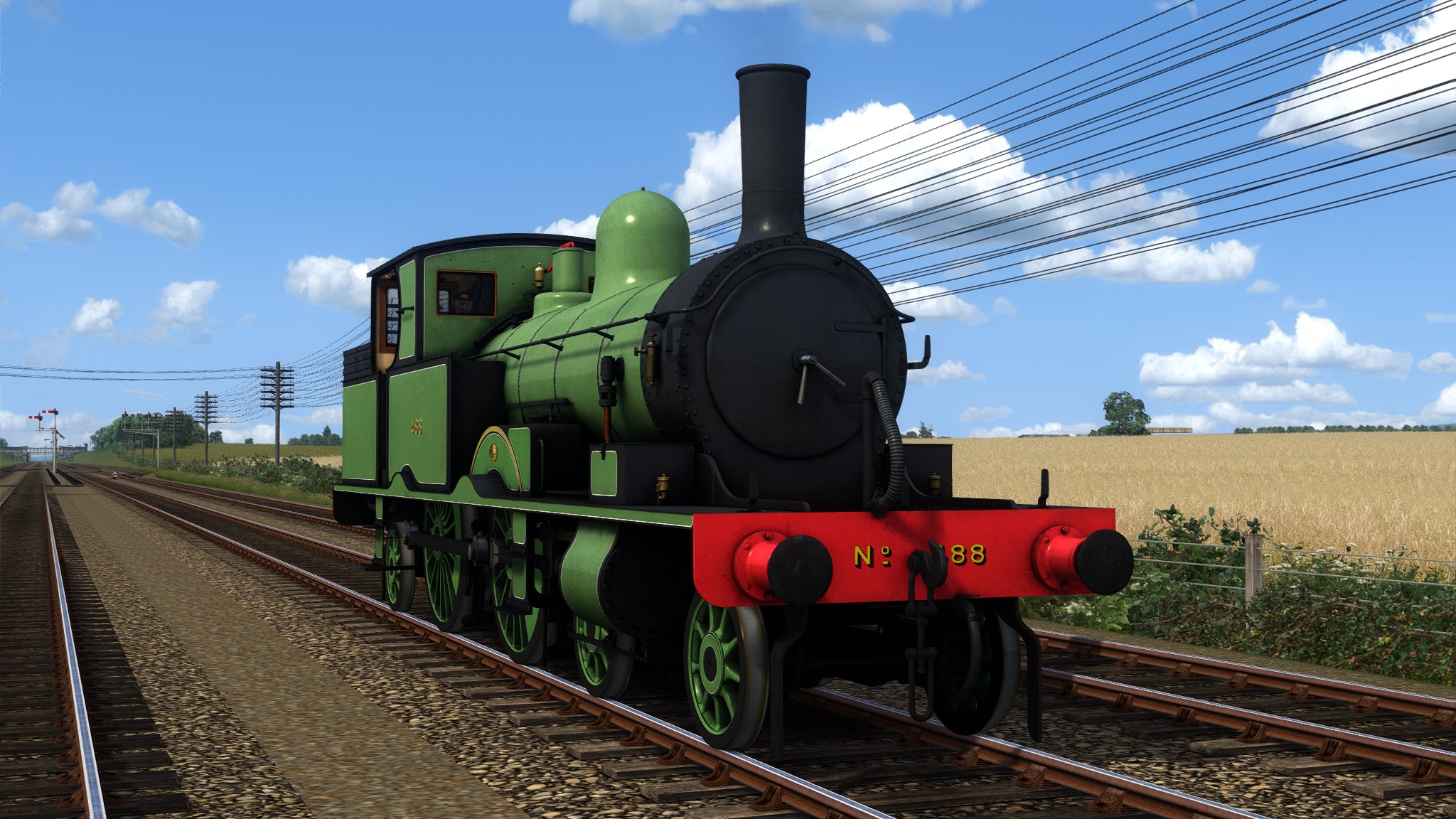
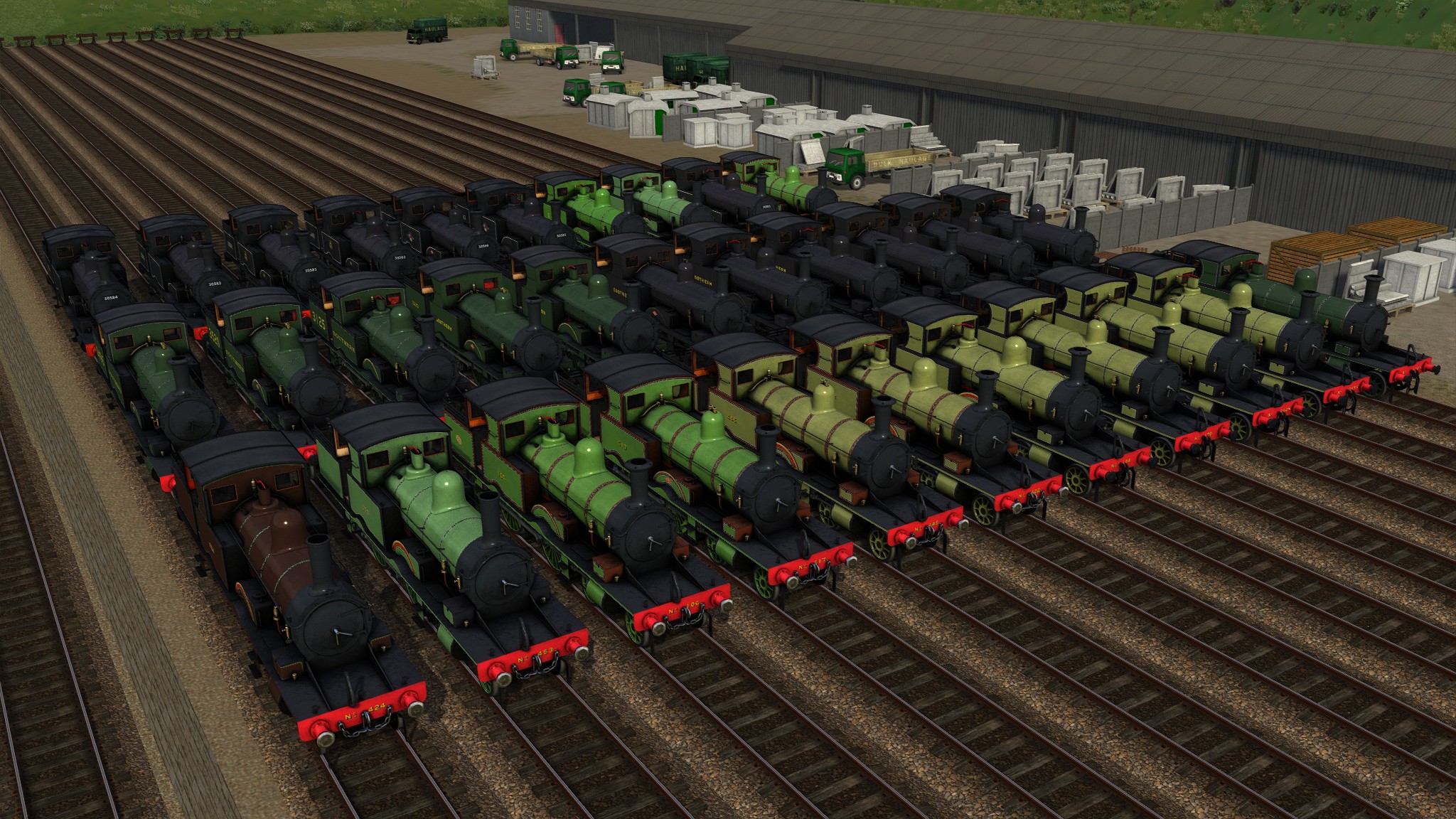
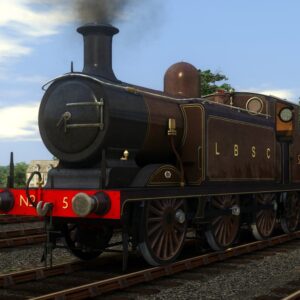
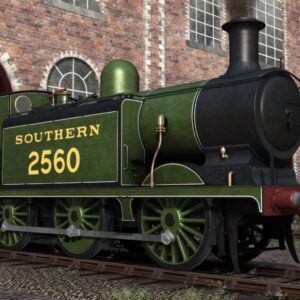
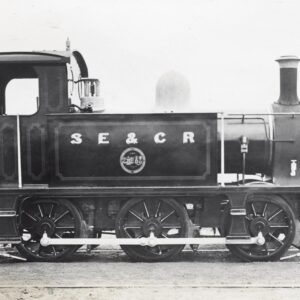
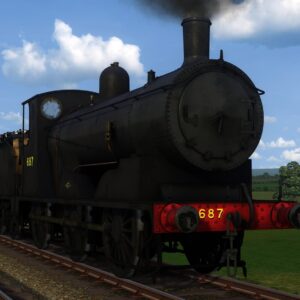
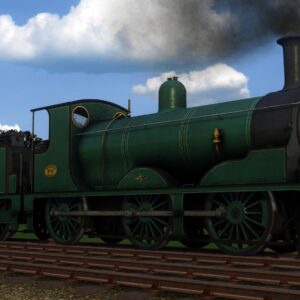
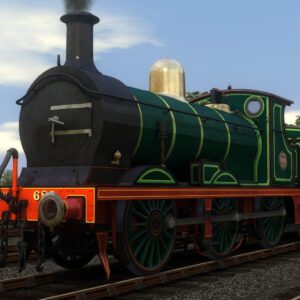
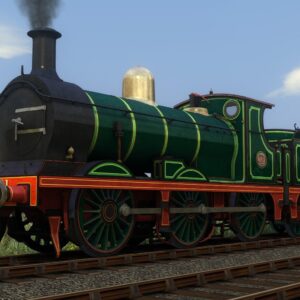
Reviews
There are no reviews yet.